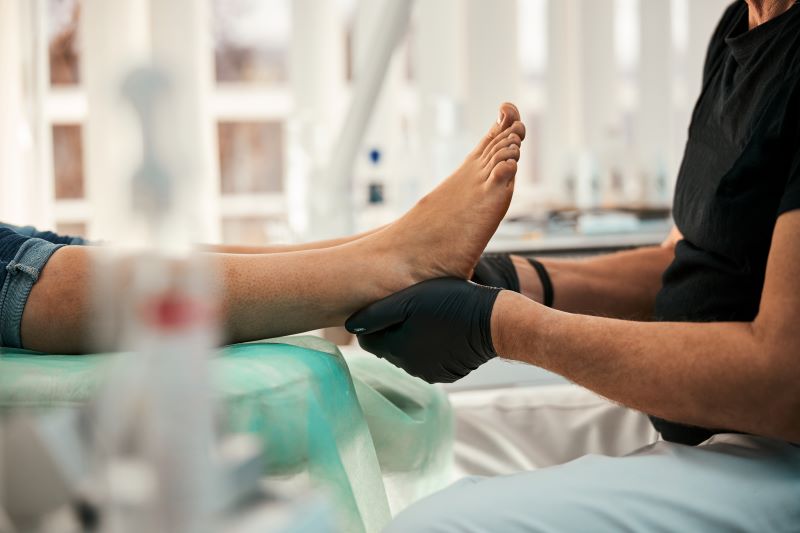Regenerative medicine is a relatively new field of medicine that has one main goal: to replace damaged organs and tissues. The body automatically repairs itself, but it cannot replace damaged organs and tissues. This means that through organ or tissue transplant, artificial organs or other surgical devices, or stem cell research, regenerative medicine can help patients to regain the use of a damaged organ or tissue. These can become damaged in many ways such as through accidents or injuries, congenital issues, in response to aging or disease, and many other sources. Regardless of the reason, regenerative medicine seeks to help every patient to be able to function again, hopefully at the same level as before.
 Tissue Vs. Organs
Tissue Vs. Organs
When it comes to organs and tissue, their definitions are key in understanding what is regenerative medicine and why it is so important.
What is Tissue?
A simple definition of tissue is that it is a collection of similar cells bound together that function as a unit. There are four different (main) kinds of tissue. One is called connective tissue, which supports and binds together all other tissues. This includes bones, cartilage, and blood. Epithelial tissue is a protective tissue that creates barriers between other forms of tissue. This includes blood vessels, stomach lining, and the outer layer of skin. Muscle tissue, also called voluntary muscle tissue, makes up the muscles around your body that you can move on your own. Smooth muscle tissue makes up the other muscles like the ones that help you digest food, or that contract and dilate the pupil of your eye.
What are Organs?
The simplest definition of an organ is that it is a collection of tissues that perform a specific function. This means that tissues are the building blocks of organs. An organ can be made of two or more different tissues, and can include all four types. Organs range drastically in size, from the pineal gland which measures about .8 centimeters, to a person’s skin, which can measure up to about 22 square feet. Organs are pretty incredible, and they are complex. There are so many organs and they are all so different from one another, but they are all made of tissue and cells.
 Regenerative Medicine
Regenerative Medicine
So regenerative medicine seeks to replace damaged tissues and organs, but there are several ways that medical professionals replace organs. These include artificial transplantation, tissue engineering and biomaterials, or cell regeneration.
Artificial Transplantation
One of the oldest forms of regenerative medicine is transplantation, but not in the way you might think. Organ transplantation occurs between two patients with matching blood types and other factors. This means that, hopefully, the recipient’s body will accept the donor organ. In the case of regenerative medicine, the use of artificial organs is becoming more and more viable.
Donor organs can be difficult to find and transplant, and sometimes the recipient body rejects the donor organ. Sometimes patients die waiting on a transplant donor to become available. It also requires the use of immunosuppressant drugs, which cause many problems. Artificial organs can supplement or replace damaged organs. Common transplants include bone or joint replacements, heart valve devices such as pacemakers, and cochlear implants, which can help deaf patients to hear.
Tissue Engineering and Biomaterials
Tissue engineering is an extremely new and exciting form of regenerative medicine, which basically implants a biologically similar artificial tissue into the body, which repairs damaged tissues. At this time, biomaterials are being developed to “copy” current tissue structures and will be used for implantation. 3-D printing of biomaterials is a new field that has emerged and is a breakthrough in how to produce these tissues in a sterile environment. Biomaterials can be made from other sources as well, such as pig intestine or other similar materials to our own tissues. These tissues can be used to help patients who suffer from burns or scarring to regrow healthy skin. Or it can help patients with damaged intestines to regrow new intestinal walls, etc.
Cell Regeneration
Considered the pinnacle of regenerative medicine, cell regeneration is a field that hopes to be able to incite the body to heal itself in new ways. Every cell in your body holds the DNA instructions for your entire body. Each cell is formed in a way that it can function as specific tissue. If we could “tell” each cell in the body how to form itself, we could essentially rebuild tissue and organs exactly as they were before.
Stem cells are the cells from which all other cells form and grow. Stem cells can come from human embryos, and they can also come from adult humans as well. Additionally, stem cells are found in amniotic fluid and umbilical cord blood. These cells will hopefully be able to be engineered to regenerate into whatever cell may be needed to repair a person’s damaged tissues or organs. Someday doctors hope to be able to use these cells to heal body parts like the spinal cord, to cure people from paralysis, or to heal a pancreas to cure patients with type one diabetes.
 Regenerative Medicine and You
Regenerative Medicine and You
Knowing and understanding the answers to questions like “what is tissue?” and “what is regenerative medicine?” is so important. Regenerative medicine is in its early forms, but there are so many amazing medical breakthroughs happening all the time. This means that for people with foot and ankle injuries, cures and new treatment plans are developing. At Foot & Ankle Specialists of Illinois, we want to help all of our patients in the best way possible. Having happy and healthy patients is so important to us. So, we stay forward-facing to find new and improved ways to benefit our patients. Not only do we focus on new medical advances, but we also focus on new technologies like telemedicine and telehealth to aid our patients wherever they may be. Make an appointment with Foot & Ankle Specialists of Illinois today so we can start you on a new path to health and wellness.

